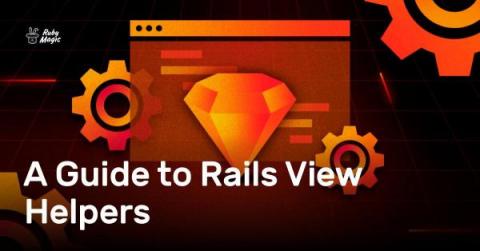A Generalized User-local Container for UI State in Kredis
In our last post, we persisted and restored a collapsed/expanded UI state with Kredis. However, the great pain point with this is that we have to invent a lot of Kredis keys. This time, we'll see how we can avoid this by developing a generalized solution for any DOM node whose attribute states we want to track on the server side. Let's dive straight in!











